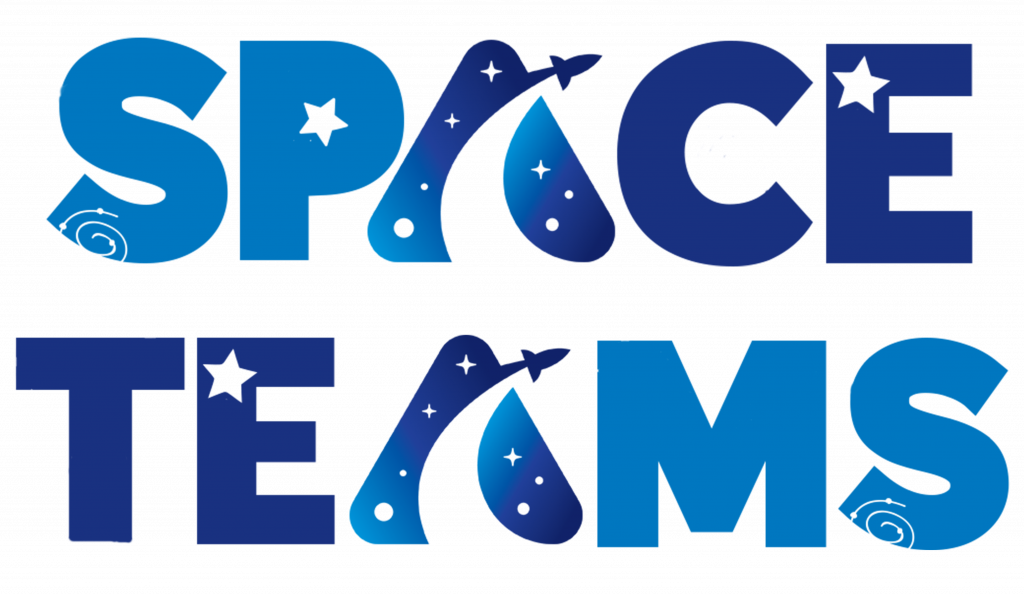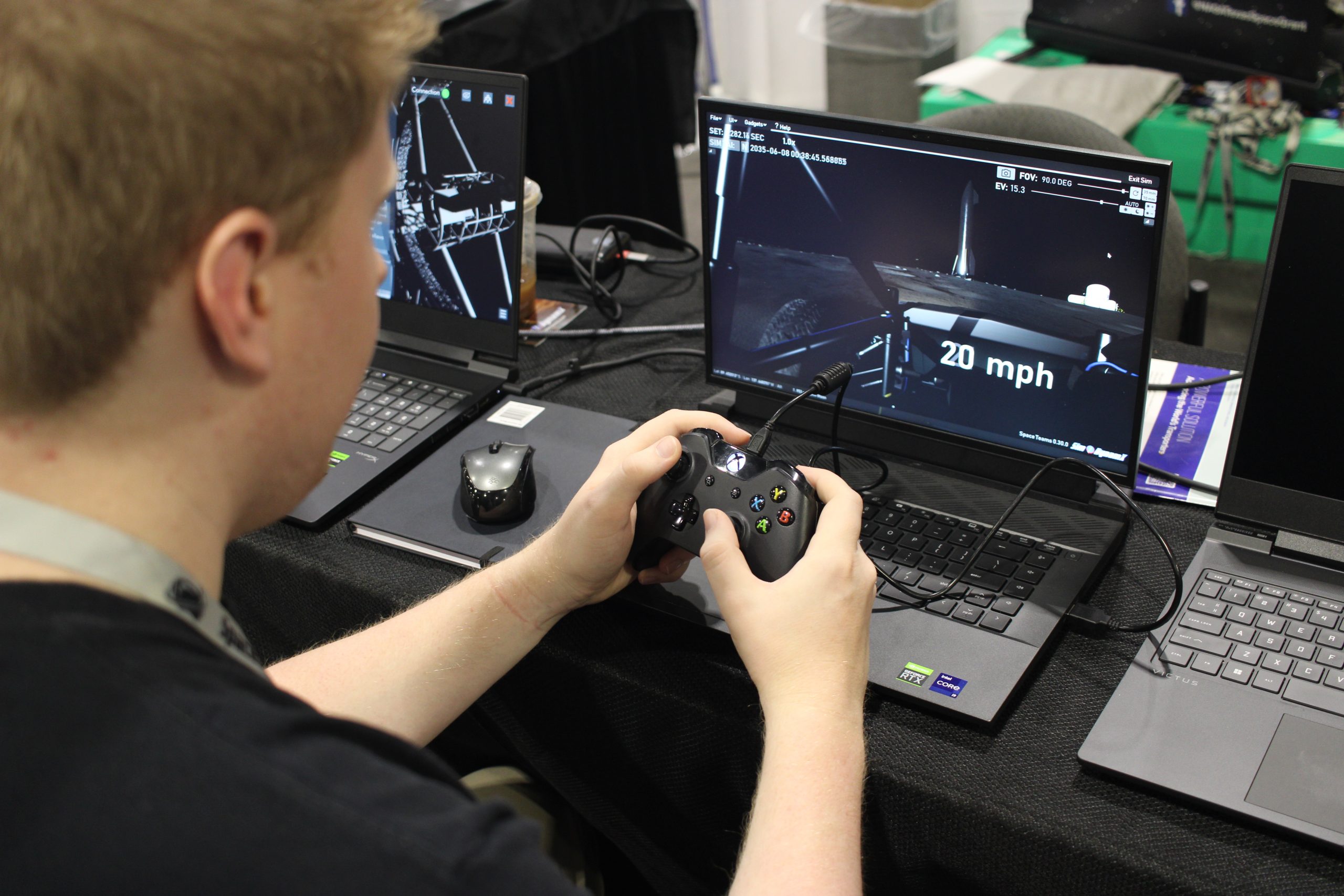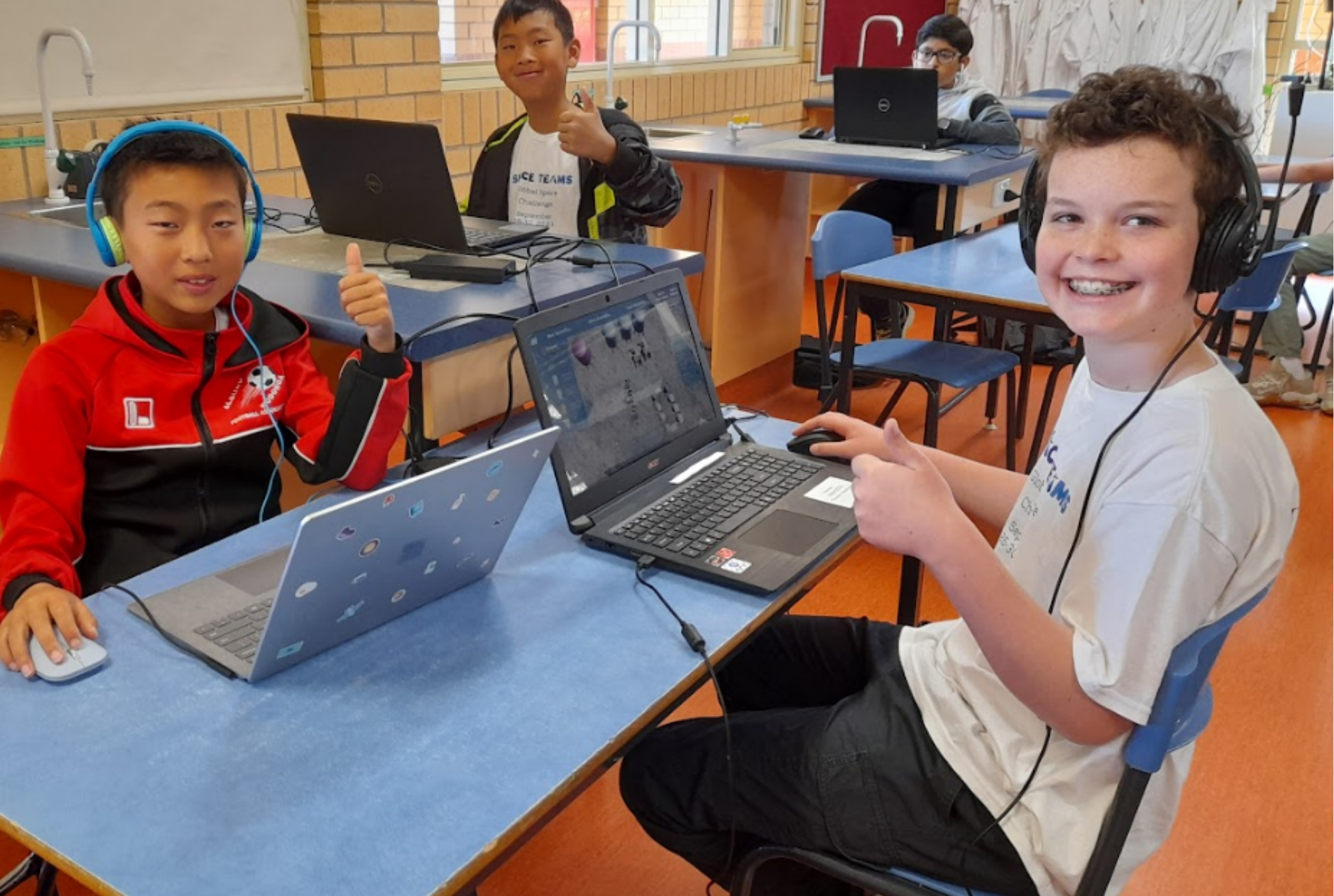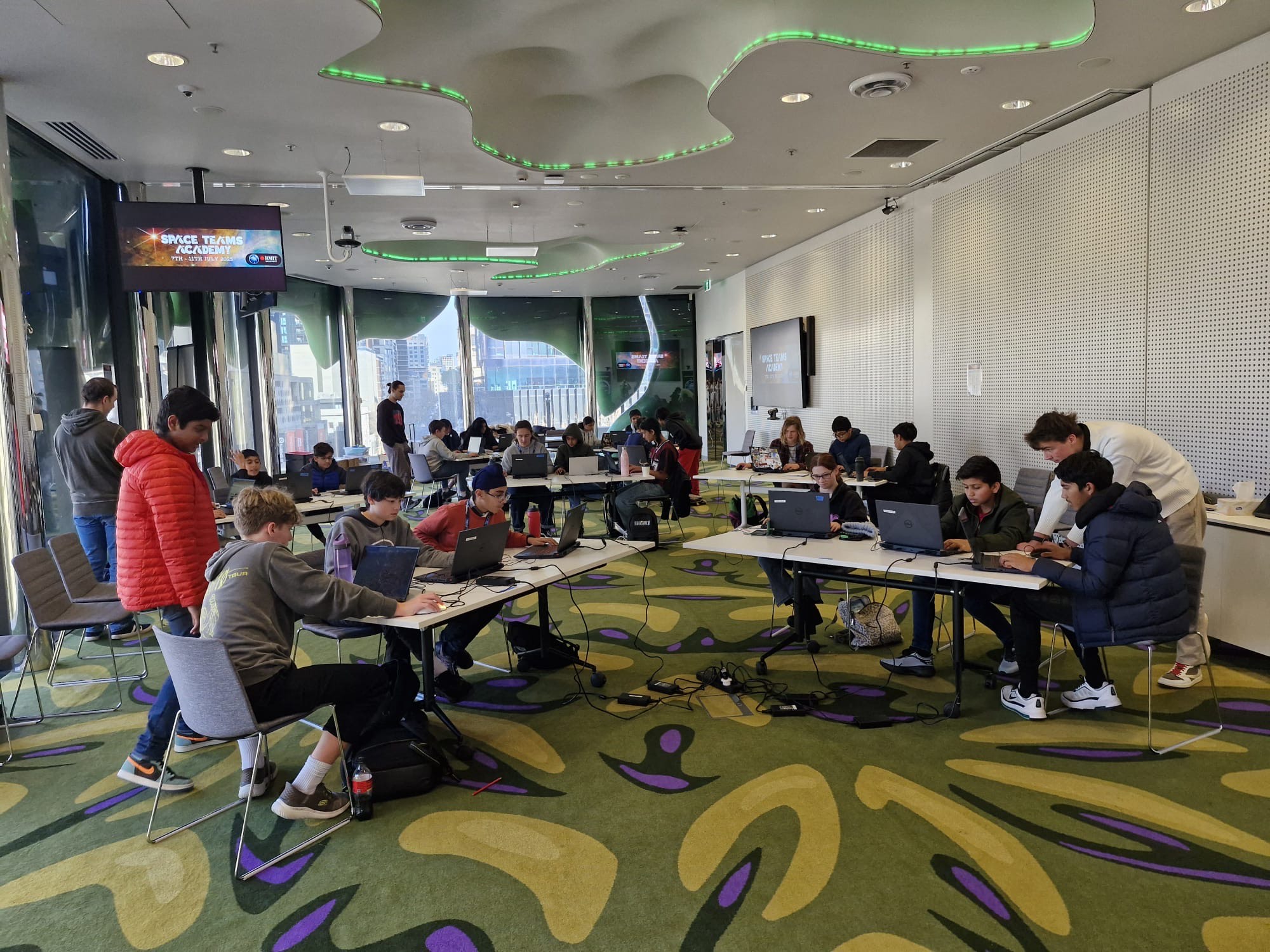

Space Teams is a VR-capable program developed and run by Texas A&M University’s ASTRO Lab that is used to learn about space exploration, collaborate in the design of actual space systems, and compete to successfully accomplish the objectives of a space mission.

SPACE TEAMS UNIVERSITY
Space Teams University takes the Space Teams software and applies it to a higher education challenge. Undergraduate and graduate student teams utilize Space Teams PRO – a complete modeling and simulation environment of the entire solar system, including the lunar surface. Integrates models and algorithms into a VR mission simulation.
Next Mission: Mars Autonomous Rover Rally

SPACE TEAMS LABS
Space Teams Labs (STL) is a NASA-funded program that brings the Space Teams software directly into classrooms at no cost. The platform allows middle and high school students to collaborate on designing planets, building spacecraft and habitats, planning trajectories, piloting landers, and exploring planets. Each classroom also receives lessons and tutorials that introduce the math and science fundamentals behind the missions. Teachers are supported with resources to tailor the program to their needs, and the curriculum aligns with the Next Generation Science Standards (NGSS).
As part of an ongoing study with STL, participants in Space Teams have shown significant gains in STEM knowledge, confidence, and interest in pursuing STEM careers. Through STL, these proven benefits are reaching classrooms across multiple states, inspiring the next generation of explorers.
Space Teams Labs is open to middle and high school explorers ages 12 & up.
Check back later for our next mission

SPACE TEAMS GLOBAL CHALLENGE
Led by former astronaut, Dr. Greg Chamitoff, this six-day virtual space mission will provide student teams with lessons focused on the technical knowledge and theoretical understanding that is required to design and conduct a successful space mission.
As part of a mission team, students will virtually design spacecraft, navigate to another planet, land their vehicle, build a planetary habitat, and explore a new planet to find resources in order to sustain human life. Students will learn from subject matter experts including astronauts, scientists and engineers who are directly involved in ongoing missions as they compete with other teams for the best mission design.
Space Teams Global Challenge is open to middle and high school explorers ages 12 & up.
